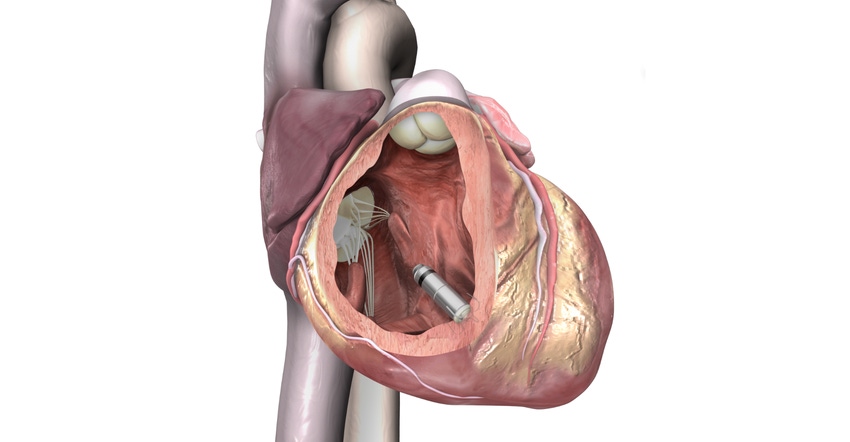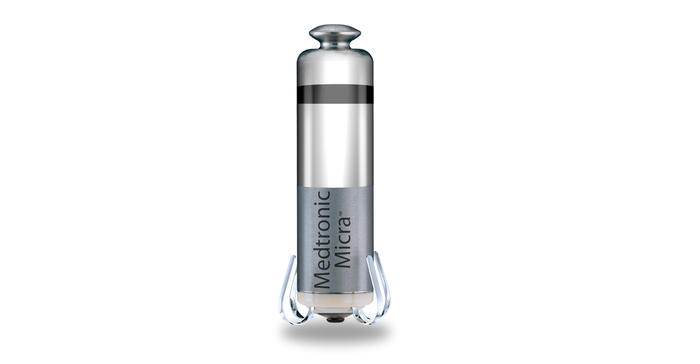How Medtronic Ensured Micra's Safety Beyond the Grave
Medtronic scientists were convinced the leadless Micra pacemaker would be groundbreaking for the people who used it. But it was another matter after they were dead.
April 13, 2016

Before Medtronic's tiny leadless Micra pacemaker hit the market, the company engaged in an unusual experiment in Minneapolis: implanting the device inside the hearts of 16 human cadavers and cremating them.
The reason for this experiment? Medtronic wanted to make sure corpses with the Micra inside would not blow up inside of ovens.
Company officials felt the experiment was needed because some countries actually regulate the removal of implantable cardiac devices prior to burial in order to avoid crematory damage, Mike Eggen, principal scientist at Medtronic, explained Tuesday at the Design of Medical Devices Conference at the University of Minnesota in Minneapolis. Crematory operators could also be potentially startled by exploding sounds.

The Micra, which FDA approved in April 2016, is a vitamin tablet-sized device is implanted inside the heart through a catheter-based procedure. It does away with the need to implant a device "can" in a pocket underneath the skin, running potentially troublesome leads to the heart.
But the Micra's advantage for patients could be a headache for funeral home directors. "It's not easily identifiable or removable. ... And who is responsible for removing it?" Eggen said. In the U.K., there was even the possibility that the bodies would be sent back to hospitals for Micra removal, with the families charged for the procedures.
In some cultures, bodies are even burned out in the open. "What if that explodes, and people are standing around?" Eggen said.
Medtronic got to the bottom of the problem by collaborating with Angie McArthur, program director of the University of Minnesota's Anatomy Bequest Lab. They implanted the Micra through chest incisions into 16 human cadavers representing a broad range of body sizes, and then cremated the corpses at Hillside Crematory in Minneapolis.
The bodies were cremated for 99 to 165 minutes apiece at temperatures ranging between 1214 and 1985 ºF.
The result was that the Micra, which is only more than 2 cm in length, would experience a pinhole rupture that would cause it to accelerate to a force of 0.96 J. That's comparable to getting shot with a 0.2 g BB gun pellet, something that is not flesh piercing.
"If you cremate it, it's not going to damage the oven. If you stand around this, it's not going to penetrate the skin," Eggen said. Just in case morticians still don't want to cremate the device, McArthur created a video and technical white paper for Medtronic that has instructions for removing the Micra from a cadaver.
"Micra can be removed in less than 20 minutes if you follow the procedure we've created."
About the Author(s)
You May Also Like


